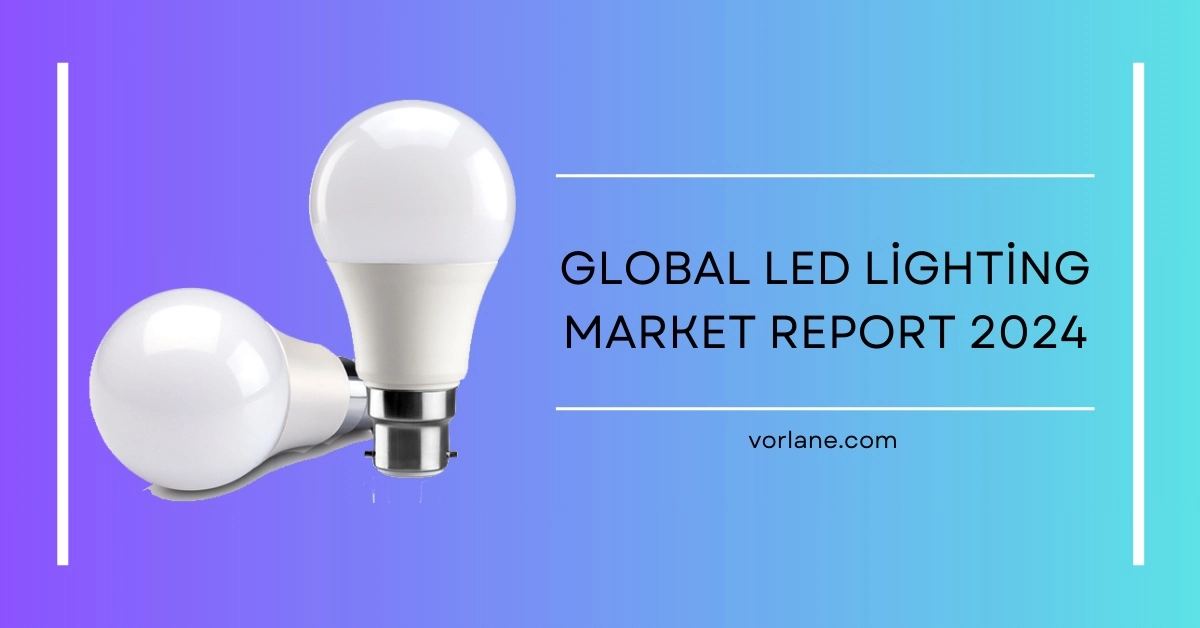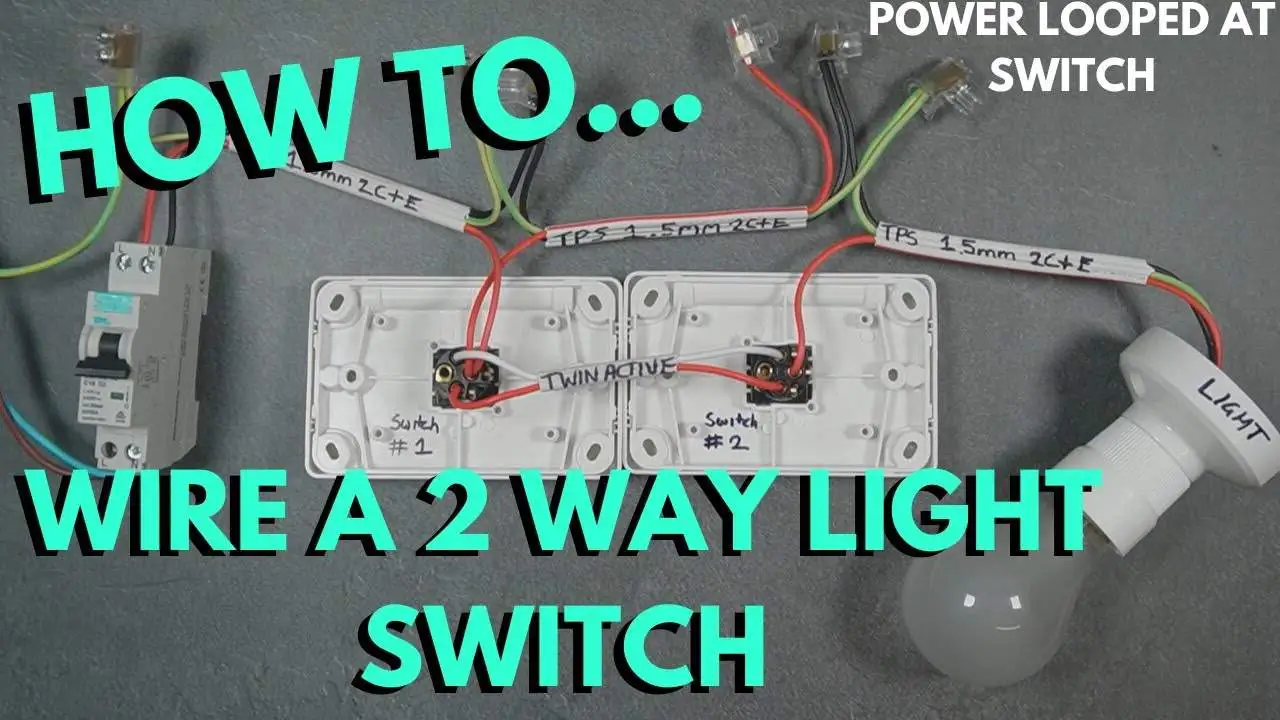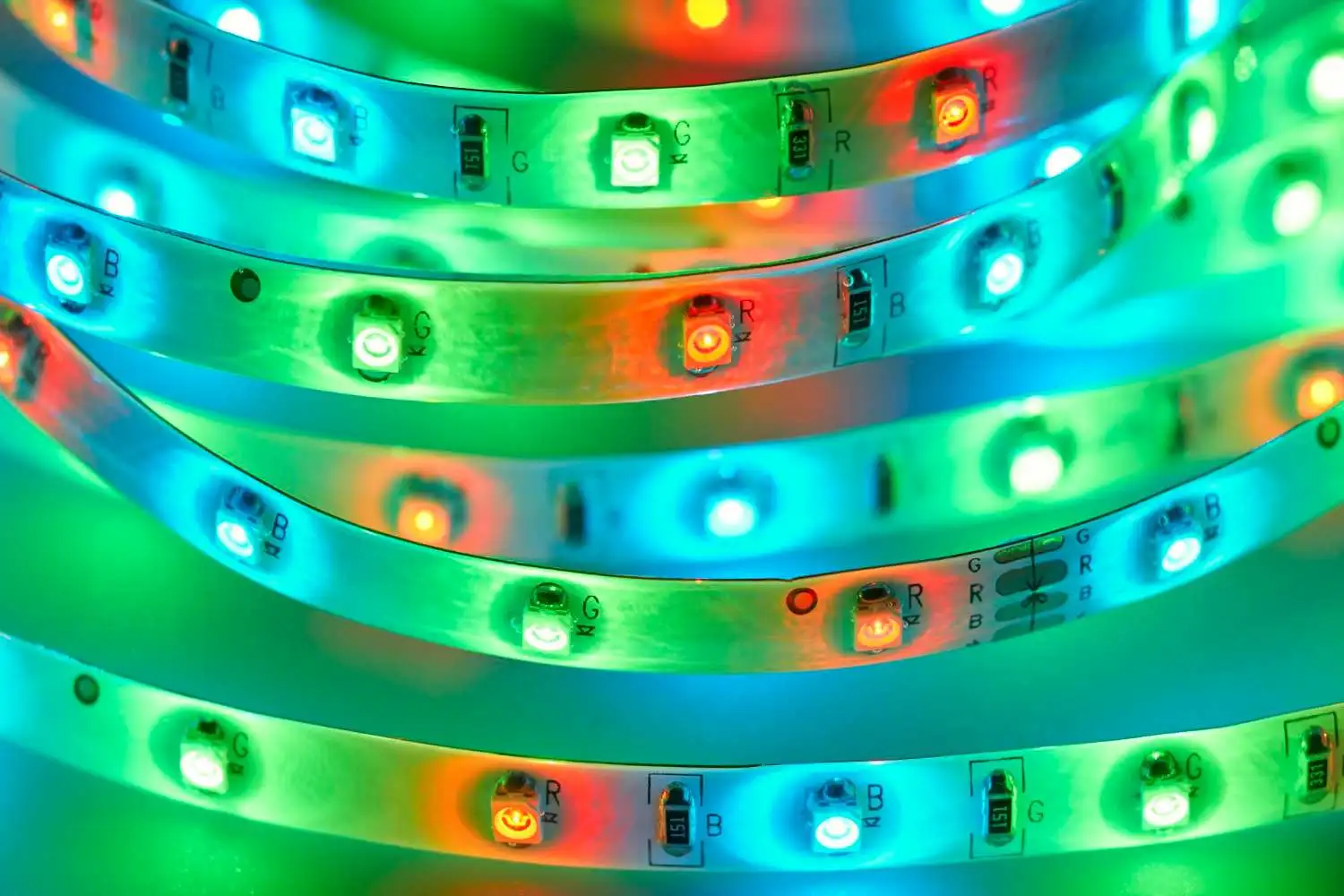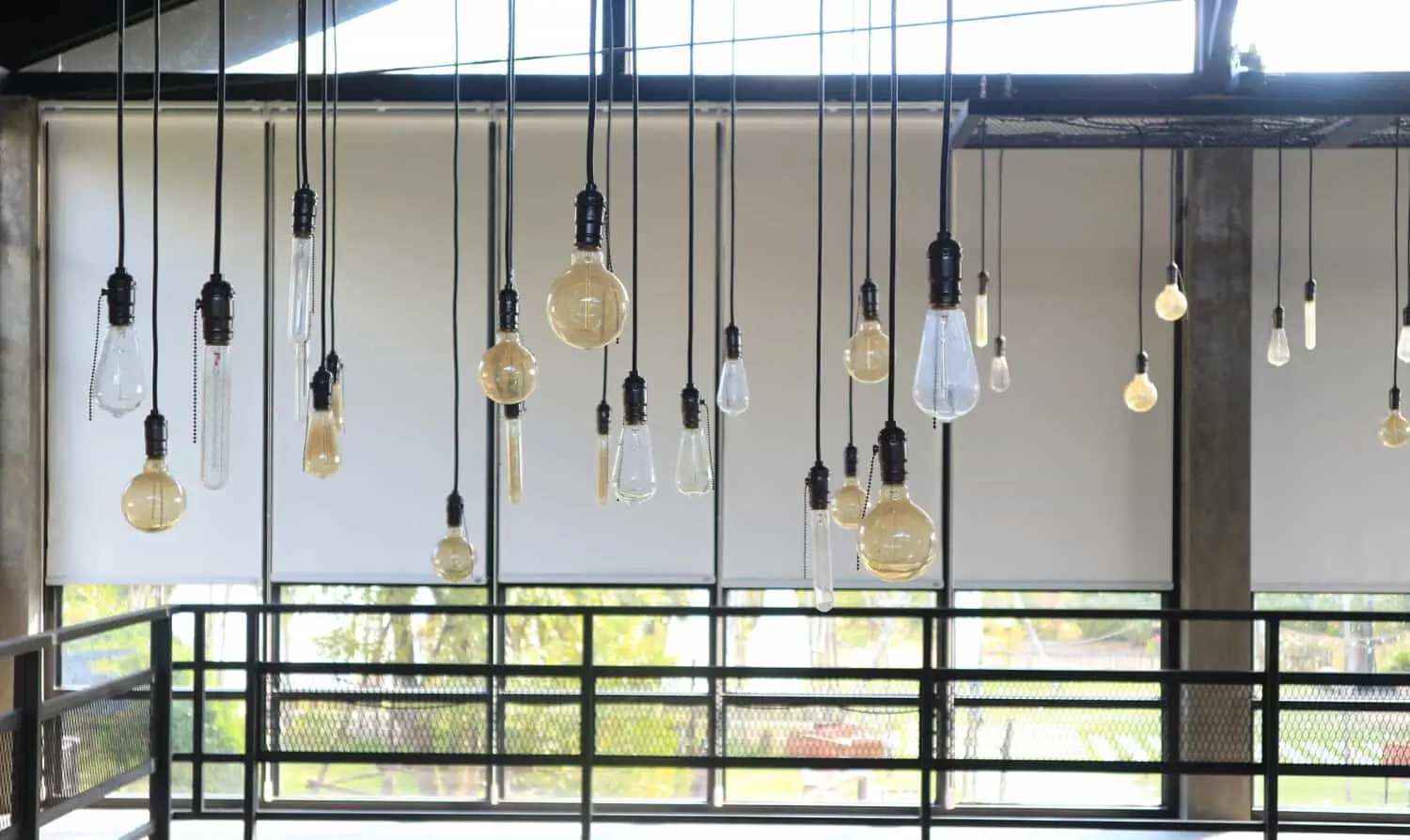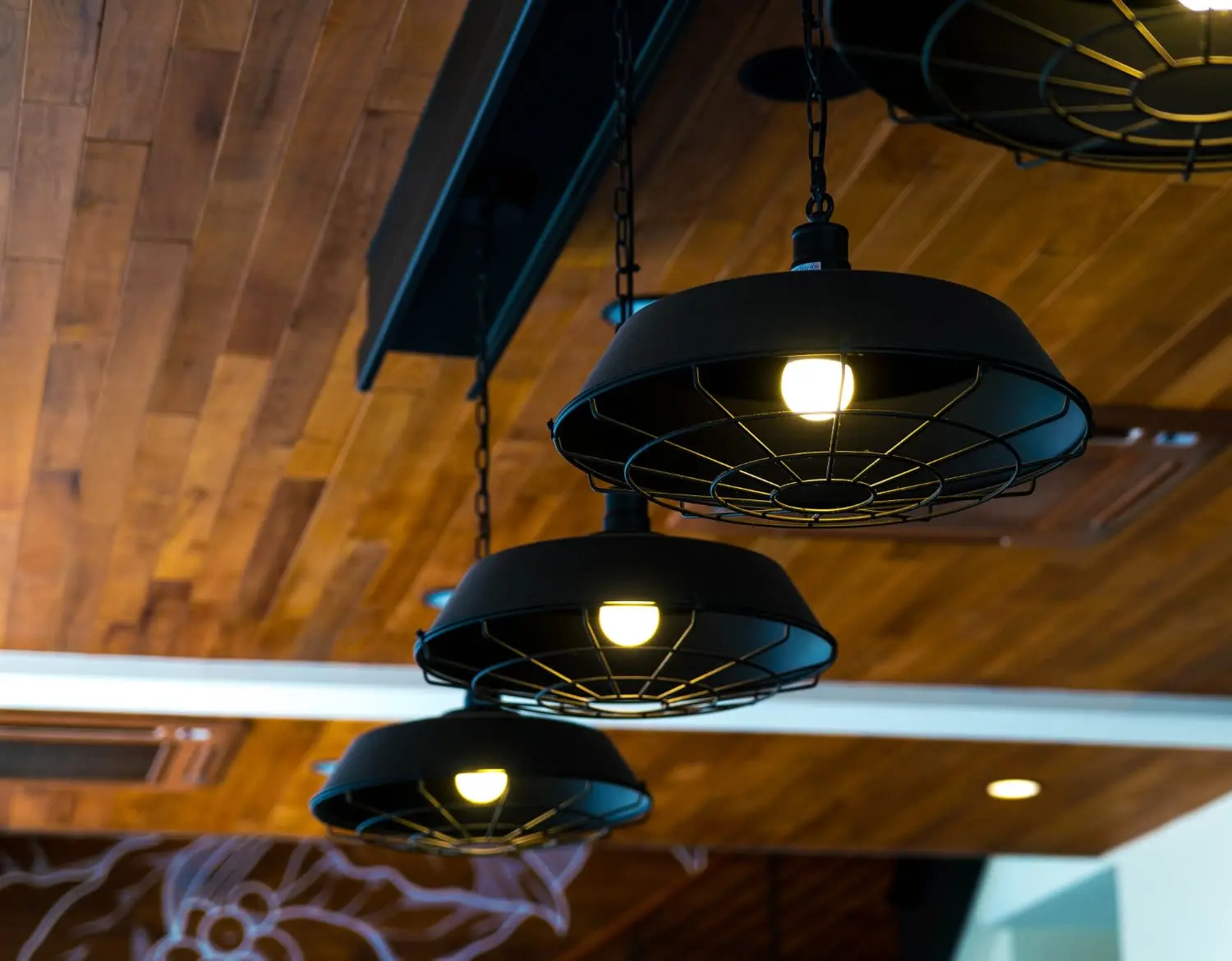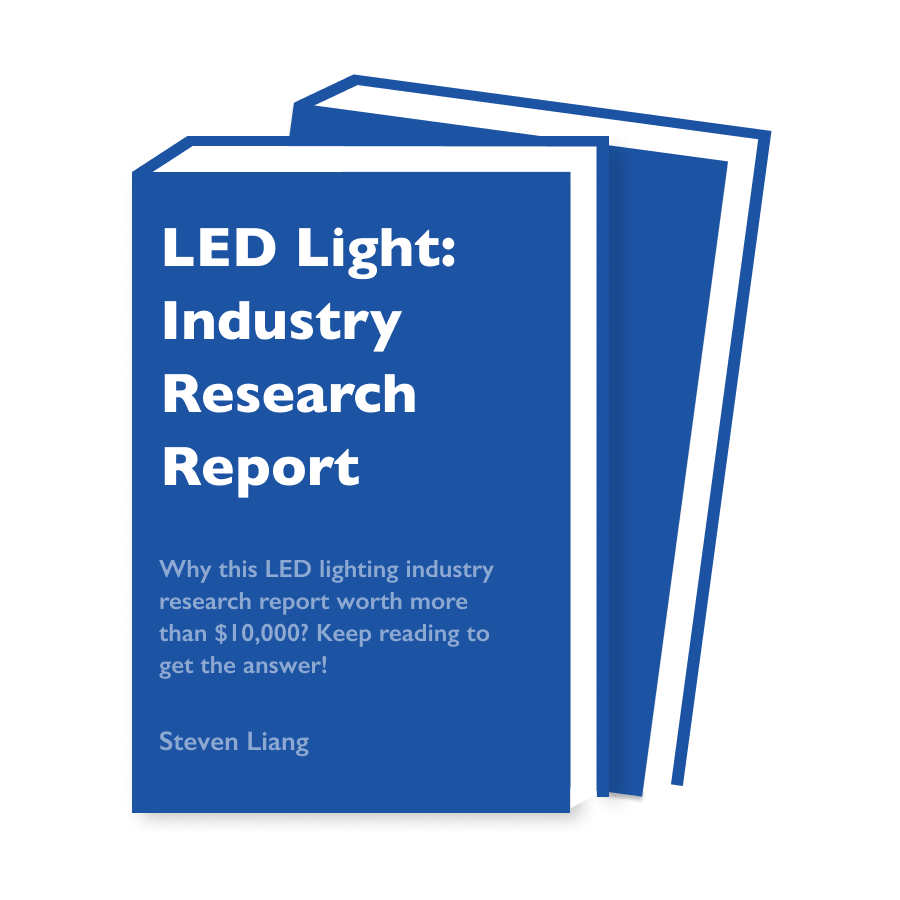At present, there are different types of street lights manufactured by various companies which are made to fulfill several applications. In order to illuminate numerous outdoor areas, there are street lights specially made for roads, gardens, highways, parking lots, and more.
It can get confusing to choose the ideal type of light for market needs if one is not aware of the various types of street lights. People may wonder about what type of lights are street lights, what type of bulbs are used in street lights, and what are their pros, cons, and applications. This guide can help everyone to get a grip on the various street light types accessible in the present market.
What Are Street Lights
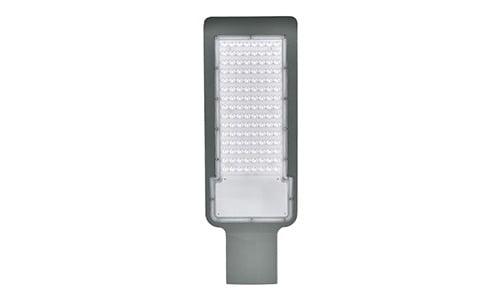
Roadways, parking lots, walkways, and other public spaces are illuminated by street lights, commonly referred to as street lamps. By enhancing lighting brightness in dark spaces, they increase security and driving safety. They are frequently utilized in conjunction with various traffic safety tools to improve the visibility of tools, barriers, or dimly lit public spaces.
The main purpose of street lights is to provide illumination to locations or objects that are dark and difficult to see at night. In order to get the right light, color, and temperature of light for particular applications, street lights use the technologies of light-emitting diode (LED), high-pressure sodium, low-pressure sodium, incandescent, metal halide, mercury vapor, and high-intensity discharge bulbs.
The most recent technology in street lights is LEDs. They provide the best light for the least amount of energy used, require little maintenance, and have a longer lifespan. In order to resist corrosion and other external conditions, street lights are frequently composed of a durable plastic substance like high-density polyethylene or a corrosion-resistant metal like aluminum. Street lights are designed to be put on poles, specifically designated poles or pre-existing utility poles.
Features And Specifications Of Street Lights
Here are the typical features and specifications of street lights.
Power
The street lights are accessible in various power ranges, such as 100W, 150W, 200W, 400W, and so on. The power consumption of the light is a vital factor to curtail total energy expenses.
Operating Temperature
Operating temperature is a specific temperature range the light is constructed to operate. The outdoor street lights have a good enough operating temperature to resist various weather elements.
Brightness
The brightness produced by a street light varies from one model to another. Though all of the decent street lights produce bright light, some high-end street lamps generate super bright lighting to illuminate a large area.
Supply Voltage
The supply voltage is the voltage provided to the light itself to deliver the power. It is crucial to select a voltage that shows compatibility with the already existing infrastructure.
Photo Sensor Activated
Almost all street lights come with a built-in photo sensor to ensure that the light is on only when the surroundings are dark.
Integrated Solar Panel
The solar street lights are equipped with a solar panel as the primary power source or backup to lessen operational expenses.
History Of Street Lights
Ancient lamps were utilized by the Greek and Roman cultures. The lights were largely used for security: to prevent roamers from stumbling over obstacles and to deter burglars from committing crimes.
The first public street lighting was created in the 16th century. It quickly spread after the development of lanterns with glass panes, which significantly increased the amount of light.
The reverberate, which is an enhanced oil lantern, was presented in 1745 and refined in the following years. A few individuals complained about glare due to the stronger light coming from these reverberates.
The initial widely used street lighting system ran on piped coal gas. In 1726, Stephen Hales was the initial individual to obtain a combustible fluid from the substantial distillation of coal.
In 1857, 1000 kerosene-fueled modern street lighting was first put into use in Bucharest, Romania.
The first arc lamps used in electric street lighting were known as “Electric candles,” “Yablochkov candles,” or “Jablotchkoff candles.” Pavel Yablochkov created these lights in 1875.
In 1879, Chesterfield Street in Virginia became the first-ever road to have an incandescent light bulb installed on it.
Following World War II, low-pressure sodium (LPS) lamps gained popularity due to their extended lifespan and low power consumption. High-pressure sodium (HPS) lamps were the dominant option in the late 20th century.
The latest street lights are LED street lights. The LED street lights can be used to replace existing street lights since they use less energy and produce fewer photopic lumens. In addition, they deliver a white light with a high scotopic lumen output.
Incandescent Street Lights
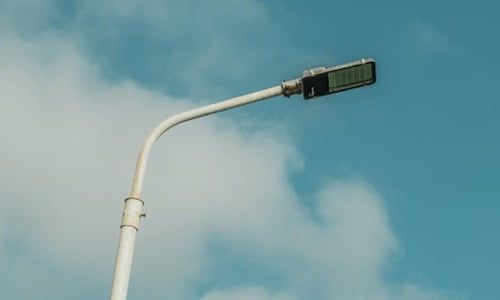
Since Thomas Edison created incandescent light more than a century ago, it has largely had a similar design. It generates light by running electricity via a tungsten filament until it shines. They are relatively ineffective and extremely hot to the touch as they discharge plenty of heat.
While it is not recommended to utilize them, a few villages continue to do so because they have a sentimental appeal to a bygone era. The common applications of incandescent lights include headlights, sports field lights, floodlights, and stadium lights.
The tungsten-halogen filament is used in incandescent street lights. They outperform other types of lights in terms of brightness, efficiency, and color rendition. However, the primary drawback of these lights is that they have a shorter lifespan.
Advantages:
- Accessible at an affordable price
- Low cost of production
- The color rendition is excellent (a 2700K color temperature yields a CRI of 100).
- It can operate with both DC and AC power and is very adaptable to wide voltage and current ranges.
Disadvantages:
- Only 10 lumens efficiency rate
- The light has a very short working duration
- The maintenance costs are very high
- The energy is wasted in generating the heat
Fluorescent Street Lights
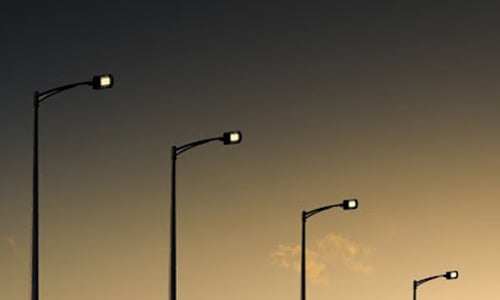
The fluorescent lights emit light by passing electricity via a gas, which results in the phosphor coating within the tube shining. Although they cost more to install, these lights are far more efficient than incandescent lights. Since they are less frequently utilized in residences, they can be found in factories, office buildings, warehouses, and retail establishments.
The latest fluorescent lights that have more recent designs are more effective. Fluorescent street lights first gained popularity in the 1940s. A vintage fluorescent light can be identified by its tubular shape.
On both ends of this kind of street light, there is a metal electrode. It has mercury and argon gas within the tube, which assist light the lamp. Fluorescent street lights essentially provide intense UV photons but little visible light. These lights are used for street lighting in parking lots. Their life expectancy is between 7,500 and 20,000 hours.
Advantages:
- These lights produce less heat than incandescent lighting.
- More effective than outdoor incandescent street lights.
Disadvantages:
- Takes a long time for the heat to build up for the light to become totally bright
- You cannot use a dimmer switch with it.
- Risky due to the presence of mercury
- These lights are sensitive to cold and windy settings
Mercury Vapor Street Lights

Bright, durable lights like mercury vapor lights are frequently utilized to illuminate big spaces like streets, sports stadiums, gyms, buildings, malls, and so on. The mercury vapor discharge is included inside a quartz tube within the lights. A protective outer glass that blocks dangerous short-wavelength ultraviolet (UV) light surrounds it.
People appear to disapprove of the old models of the mercury vapor light since they are immediately identifiable by their bluish-green glow. As phosphor was added to more recent models to enhance their designs and provide more white light, they were referred to as “color-corrected” lights.
Mercury vapor lamps offer effective, long-lasting sources of light when used normally. Intense UV radiation is released if the outer light breaks and the inner tube generates light without protection. This level of UV exposure can result in double or blurred vision, eye and skin burns, headaches, and dizziness.
Due to the fact that these signs may not become apparent for a few hours, it can be challenging to determine if you have been exposed to dangerous levels of UV radiation.
Advantages:
- These lights are more efficient than incandescent lights and fluorescent lights.
Disadvantages:
- It dims more promptly than other types of lights.
- Dangerous emissions because they emit UV rays.
High-pressure Sodium(HPS) Street Lights

The high-pressure sodium (HPS) lights come under high-intensity light bulbs that produce a lot of light and are typically used for security and street lighting. An orange-white light, which is frequently seen in street lights, is produced by the interaction of metals and gases inside the glass tube.
When HPS lights are first turned on, they actually emit a pink twinkle that later turns into a bright pinkish-orange light. HPS lights are preferred by indoor gardening due to the broad color-temperature spectrum they provide and the relatively low operating costs.
When tested for photopic lighting circumstances, high-pressure sodium lights have an efficiency of roughly 100 lumens per watt. The most powerful 600-watt versions even possess an efficiency of 150 lumens per watt. Since these lights are dimmer in color, the maximum of their high output is invisible to the human eye.
Advantages:
- Greater longevity (24,000 hours)
- Available at an affordable price range
- These lights are more productive than incandescent lights and mercury vapor lights.
- Maintains fast warm-up time compared to other lamp types.
Disadvantages:
- It can take some time for the light to turn on.
- When it reaches the end of its lifespan, it emits a crimson tint and burns.
- It requires a ballast or transformer for current restriction and to alter the voltage.
Compact Fluorescent Light (CFL) Street Lights
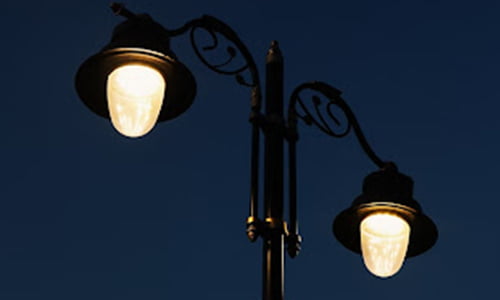
These CFL street lights are nearly spiral fluorescent lights that have been scaled down to be more portable. They operate substantially cooler than conventional incandescent lights and are more productive than their equivalents. Although linear fluorescents were developed in the 1900s, it was not until the 1960s that CFL technology advanced.
The actual fluorescent light might easily be shrunk. However, the true difficulty was in designing a small and more portable ballast, particularly when it came to fusing it with the light itself. There are two different types of CFLs: non-integrated ballast CFL and integrated or self-ballasted CFL.
The type of CFL technology that we generally refer to as a “plug-in” is a non-integrated ballast. It implies that the ballast will be purchased separately from the light and set up in the accessory. Though it is identical to linear fluorescents, it is relatively small compared to a linear ballast. CFL street lights with integrated ballasts were developed to take the place of halogen and incandescent lighting.
Advantages:
- Works for a longer duration and is more productive than fluorescent lighting.
- Compact design
- Compared to fluorescent light, it has a more regulated beam spread.
Disadvantages:
- Ballast is necessary for CFL.
- At the halfway point of its lifespan, illumination intensity may decrease.
Solar Street Lights
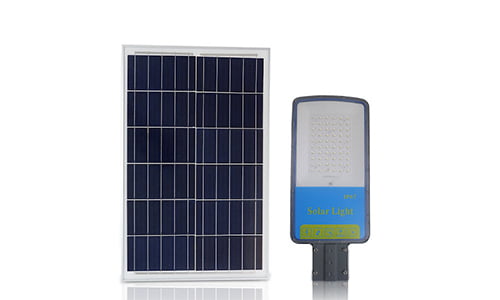
Photovoltaic technology is used in solar street lighting systems to renovate sunlight into DC power via solar cells. The electricity produced can be utilized right away during the day or it can be stocked in batteries to be used during the nighttime.
The battery box, solar photovoltaic module, lamp post, and lamp with charge controller make up the solar street lighting system. For illuminating streets in isolated settlements, solar street lighting systems are suitable. These lights come with enough battery backup to produce light for ten to eleven hours every day.
The system is equipped with an overcharge or deep discharge protection cut-off with LED indicators and an automatic ON and OFF time switch. The SPV modules possess a lifespan of 15 to 20 years. The solar street lighting system includes tubular batteries, which need less maintenance, carry a longer lifespan, and operate better.
Advantages:
- There is no need for electricity.
- These lights are simple to install and easy to use
- They are eco-friendly
- Requires little to no maintenance
Disadvantages:
- More expensive initial investment than traditional street lighting
- Can be stolen due to non-wiring
- Dust, snow, and moisture can build on horizontal PV panels.
- Over the course of the light’s lifetime, rechargeable batteries will need to be changed from time to time.
LED Street Lights – The Best Street Lighting Solution
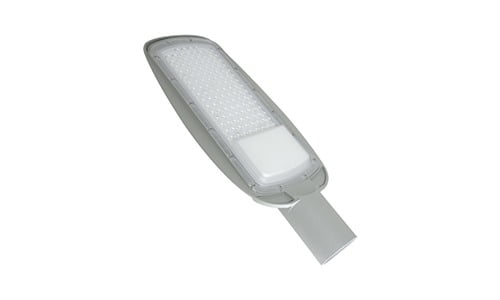
The lighting elements that have LED light sources and use LED street light technology are utilized to brighten streets and roads. These lights are known as LED street lights and a few manufacturers describe them as LED road lighting fixtures.
Compared to earlier lighting systems, LED street lights can save between 30% and 70% of energy. Even with no maintenance, LED street lights last for decades. The 2014 Nobel Prize in Physics was awarded for the invention of LEDs (light-emitting diodes), which make use of a novel sort of technology.
LED street lights are 90% more efficient at producing light. In general, LEDs do not “burn out” or stop working. It is because they suffer from “lumen depreciation,” in which the LED’s brightness gradually decreases over time.
How Does An LED Street Light Work
Visible light is produced when an electrical current flows through a microchip and ignites the tiny light sources known as LEDs. The heat that LEDs generate is consumed in a heat sink in order to deter performance difficulties.
Several LED street lights include a lens on the LED panel that is made to cast its light in a rectangular structure. In this instance, a significant portion of the light’s brightness is lost, resulting in the light pollution of the surrounding area and the air. A permanent light source may be integrated into a few LED light fixtures.
Advantages Of LED Street Lights
Here are some of the pros of installing LED street lights.
Energy efficient
Due to their low heat output, LEDs are far more energy-efficient than their conventional counterparts. In addition, they need very little electricity to provide the exact quantity of light. The energy efficiency of LED lighting is between 40 and 60 percent higher than that of conventional lighting.
Fewer emissions
LED street lights use less energy and produce fewer pollutants than their conventional counterparts. As per the reports, switching to LED outdoor lighting can lessen carbon emissions greatly.
Longer lifespan
The extended lifespan of LED lighting products, which outlives conventional illumination, is another advantage of LED street lights. For instance, LED lights can last 30 times more than incandescent lights and three to five times more than fluorescent lights.
High color rendering
LED street lighting’ outstanding color rendering mimics natural light and portrays colors in a more lifelike manner. It assists drivers and pedestrians in seeing objects during the nighttime, which enhances safety and reduces traffic circumstances.
Street Lights For Roadways
Here we have mentioned two of the best street lights for roadways which are undoubtedly sturdy, reliable, and provide enough light to illuminate streets and highways.
Vorlane LED Street Light-YYBS-Solar
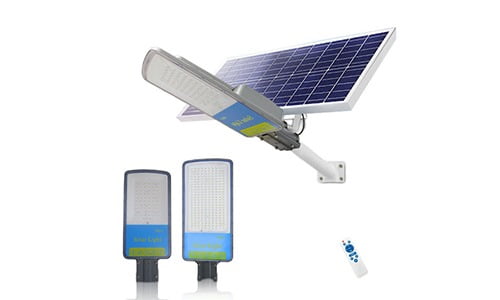
The Vorlane Street Light features various brightness levels. It comes with an IP67 waterproof rating, making it ideal for outdoors in any weather condition. The other shell is prepared from reliable die-casting aluminum material that can last for several years.
It has a 32650 3.2V 15000MAH battery and is available in 100W, 200W, and 300W light. This model comes with a three-year warranty period. Vorlane is the best LED street lighting manufacturer in China with products made using the highest quality material.
V-Fime Street Light
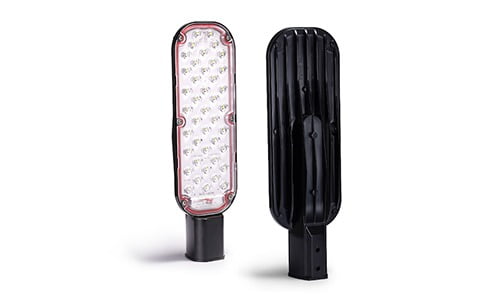
The V-Fime Street Light is another best street lights for roads. It has a unique design and is easy to install. This light is made from decent-quality substances and promotes better heat dissipation. The 20W power street light features 1900LM.
This street light comes with LED beads that have a lengthy lifespan. The LEDs deliver the brightest light possible and produce less blue light. In addition, it comes with an anti-UV transparent diffuser.
Street Lights For Parking Lots
Check out these two best street lights that are suitable to be used in parking lots. They produce super bright light to light up the parking space during the nighttime and even during the daytime for underground parking spaces.
LED Street Light-FHS
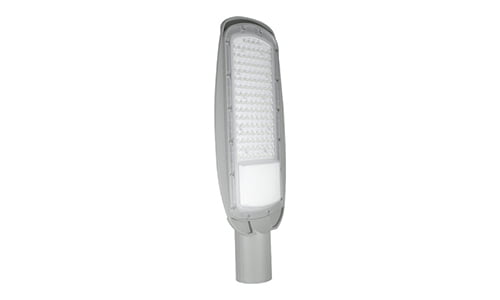
The LED Street Light-FHS is a good choice to be used in parking spaces. It comes with an IP65 waterproof rating so it can be installed outdoors, regardless of the weather conditions. Also, the street light generates super bright light that is enough to illuminate the parking space, making it easy for drivers to see the markings even when it is dark.
The street light has a long lifetime and can last for several years. This street light is accessible in three different sizes: 380 × 160 × 75mm (VL007-FH-50W model), 505 × 205 × 75mm (VL007-FH-100W model), and 600 × 260 × 75mm (VL007-FH-150W model).
LED Street Light-LXS
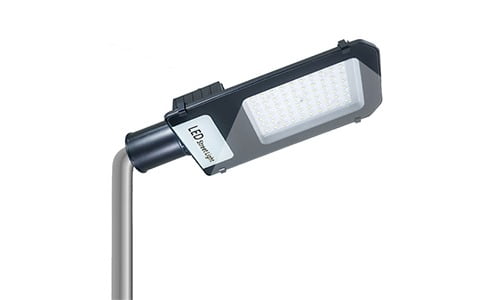
The LED Street Light-LXS is another best street lights for parking lots. The shell is composed of die-casting aluminum, making it more sturdy and reliable. The light has the capacity to work and illuminate the space for a long time.
The LED Street Light-LXS is available in six different models that vary in dimensions, such as 278 × 130 × 63mm, 425 × 173 × 75mm, 506 × 212 × 72.5mm, 602 × 227 × 77.5mm, 656 × 242 × 72mm, and 816 × 301 × 81.5mm.
Street Lights For Home
There are street lights that can be used for residential purposes. It is best to acquire any of the below-listed street lights to lighten up the area in and around the housing property.
LED Street Light-FYS
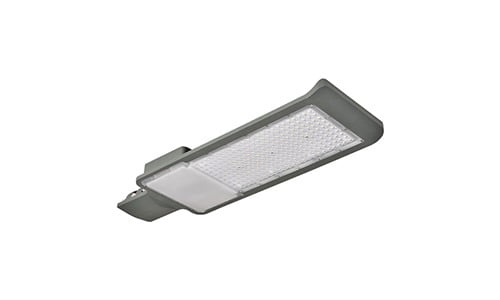
The outer shell of the LED Street Light-FYS is prepared with the best quality aluminum substance which ensures good enough heat dissipation. The LED beads in this street light are known for producing the brightest illumination.
This street light can be acquired in different watts, such as 20W, 30W, 50W, 100W, 150W, and 200W. In addition, the LED beads also have a long lifetime. With its IP65 rating, it can be used not only indoors but is ideal for outdoor spaces near your property.
Street Lights For Garden
The street lights for gardens and outdoor patios help in brightening the respective areas. They also enhance security during the nighttime with their bright light. Check out the best two street lights for the garden.
LED Street Light-FYIS
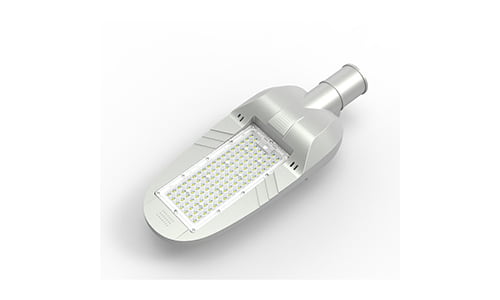
The material used to make LED Street Light-FYIS is die-casting aluminum. It is reliable and has super bright LEDs which give ≧70 CRI. There is a rotatable bracket at the back of the panel, which makes it easy to adjust the angle of the light.
The dimensions of 50W street lights are 80 x 200 x 90mm. The dimensions of 100W street lights are 550 x 220 x 90mm, and the dimensions of 150W street lights are 675 x 295 x 90mm.
LED Street Light-SXS
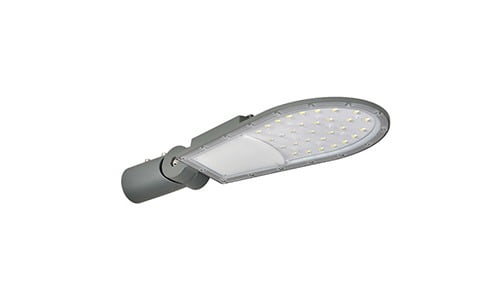
One best features of the LED Street Light-SXS is its sturdy back panel. Besides that, it has an IP66 weatherproof rating which enhances the durability of the light. The shell is made from decent-quality aluminum.
The LEDs used in this light have the potential to produce high brightness for a relatively longer duration. It will illuminate the total garden area in every type of property.
Street Lights For Tunnel
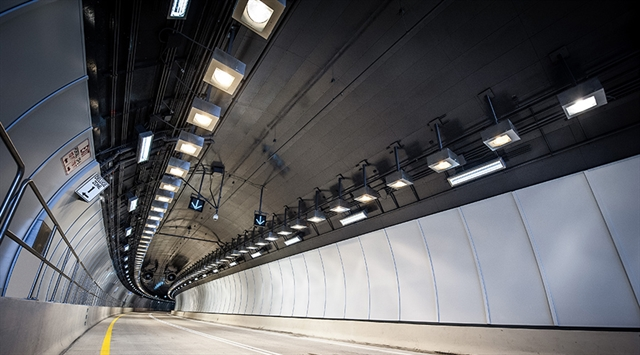
Street lights for tunnels are specialized lighting solutions designed to illuminate underground passages and tunnels effectively. These lights are engineered to provide consistent and bright illumination, crucial for ensuring the safety of vehicles and pedestrians navigating through these confined spaces. Unlike traditional street lighting, tunnel lights must combat the unique challenges of an enclosed environment, such as moisture, dust, and varying levels of natural light at tunnel entrances and exits
The development of tunnel lighting technology has focused on creating fixtures that deliver high luminosity and uniform light distribution to eliminate shadows and glare, which can be hazardous to drivers. Modern tunnel streetlights often utilize LED technology for their superior energy efficiency, longevity, and ability to operate in a wide range of temperatures and conditions. This advancement represents a significant improvement over older lighting technologies, offering better visibility and reduced maintenance costs.
Advantages:
- Energy Efficiency: LED lights consume significantly less power than traditional lighting systems, leading to substantial energy savings.
- Long Lifespan: LEDs have a longer operational life, reducing the frequency of replacements and maintenance costs.
- Improved Safety: Uniform light distribution eliminates shadows and glare, enhancing visibility and safety for drivers.
Disadvantages:
- Higher Initial Costs: The upfront cost of LED lighting fixtures and installation can be higher than traditional lighting systems.
- Complexity in Design: Designing an effective LED tunnel lighting system requires careful planning and consideration of light distribution and intensity.
Conclusion
A street light is a luminescent lighting system that is primarily installed on streets, highways, and other public areas. However, there are different types of street lights based on several factors, such as the technology used, the light source, the lamp material used, height and size of the light.
Considering the needs and requirements of the application, it is best to acquire the ideal type of street light. However, LED solar lights are the best among all types because they produce more bright light, less heat, and last for years. Contact the best LED street light manufacturer to acquire high-quality lighting solutions.


